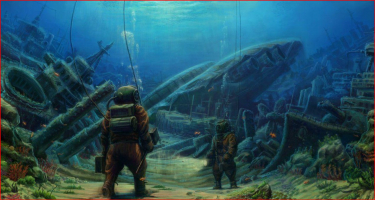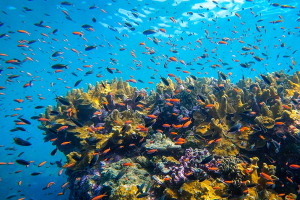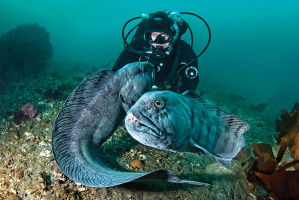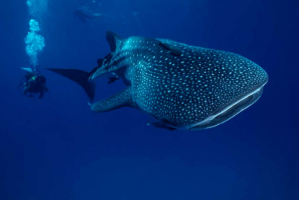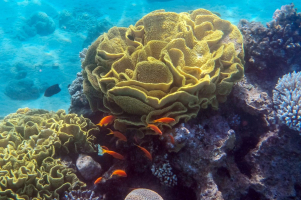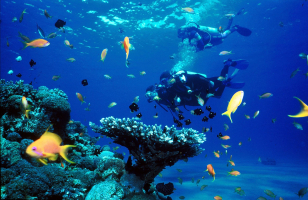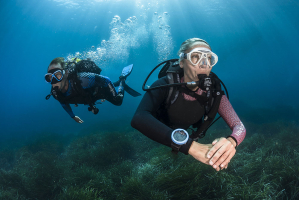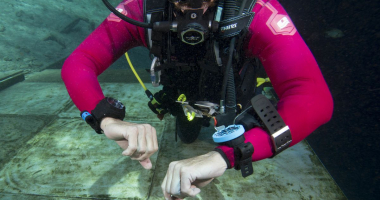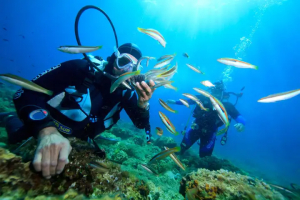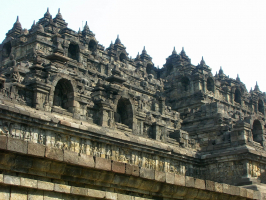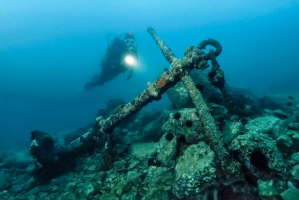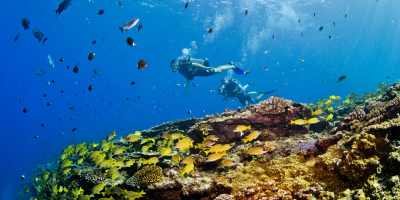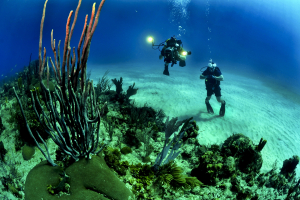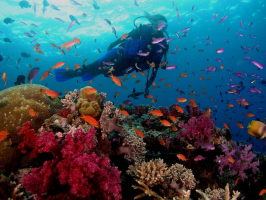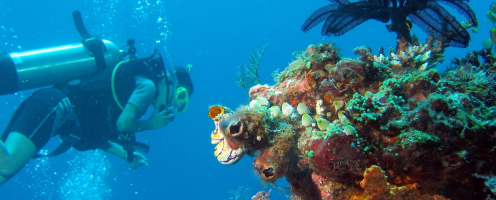Top 10 Best Diving Spots in Indonesia
Famous for a myriad of ideal places for those who want to escape from the hot weather or plan to have a dive trip,Indonesia would be a perfect option for the ... read more...diving aims. Hosting over 25% of the world’s fish species, as well as over 72% of the worldwide coral species, Indonesia is frequently referred to as the world's coral triangle, with the richest diversity of marine life ever documented on the planet. Therefore, Indonesia would not make visitors disappointed due to the following list of top 10 BEST DIVING SPOTS IN INDONESIA.
-
Topping the list of the best diving sites in Indonesia is a bay located in Ambon, Maluku. Most scuba divers are impressive by its world-class muck dives. The diverse experiencing here also could gaze at a multi-species marine life including, rhinopias, frogfish, ghost pipefish, lots of juvenile fish, stonefish, mandarin fish, nudibranchs, harlequin and coleman shrimps, wonderpus, mimic and flamboyant cuttlefish, and even the much-sought-after psychedelic frogfish.
Although some liveaboards use Ambon as the final stop/start of Raja Ampat and/or Banda Sea voyages, resort-based diving is the standard in Ambon. Its diving season ranges into the periods from September to June, and July to August is the South East Monsoon season. In addition, visitors can consider readers reasonable route for the trip with some of the nearest airport is Ambon (AMQ — Pattimura Airport, Ambon, Indonesia); and direct flights are available from Jakarta (CGK), Sorong (SOQ) and Manado (MDC).
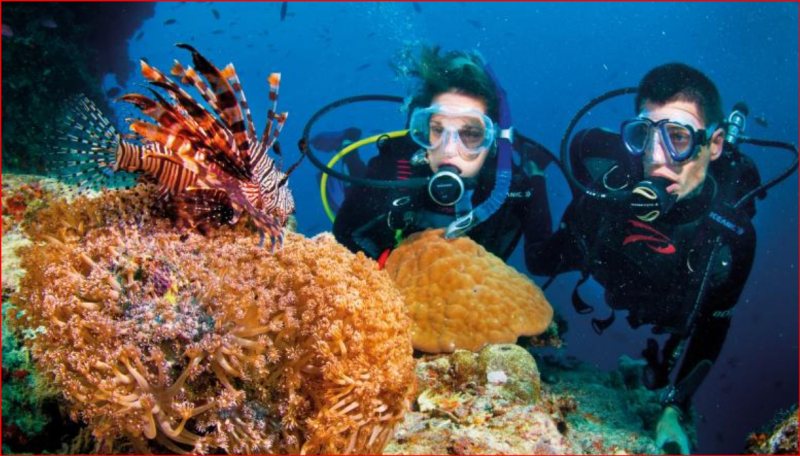
vntrallive.com 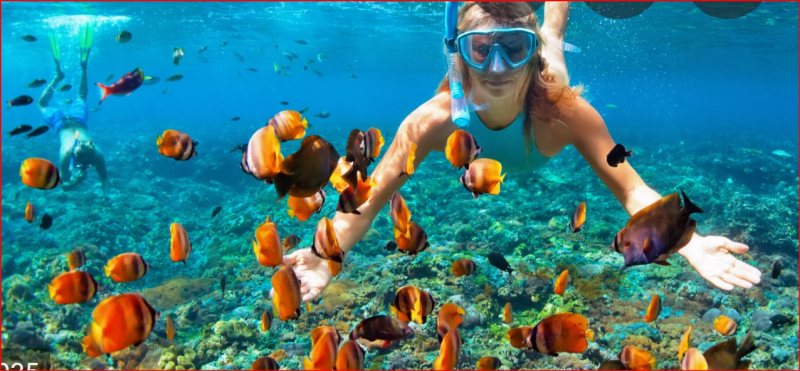
vntrallive.com -
One of the best diving spots in Indonesia, which is deserve-to-come, is a hidden gem named Alor. This off-the-beaten-path dive destination offers a mix of both world-class wide-angle and macro sites. Diving in Alor is very diversified, with pristine coral reefs, steep walls, and slope muck areas to please even the most discerning diver and underwater photographer. While diving Alor, visitors can view a variety of tiny and medium-sized fish, as well as sponges and colorful corals. Frogfish, leaf scorpionfish, pygmy seahorses, eels, and numerous nudibranchs are among the small subjects available for macro photography. Mola molas and sharks are larger animals that can be observed, though sightings are rare.
The majority of dive in Alor is done through a resort. While visiting the Banda Sea or Komodo, some liveaboards stop in Alor from time to time. Its diving season ranges from March to December, and July to August - the time of the South East Monsoon season. In addition, visitors can consider their reasonable route for the trip with some of the nearest airport is Alor (ARD). Flights to Alor are available out of Jakarta (CGK) and Bali (DPS).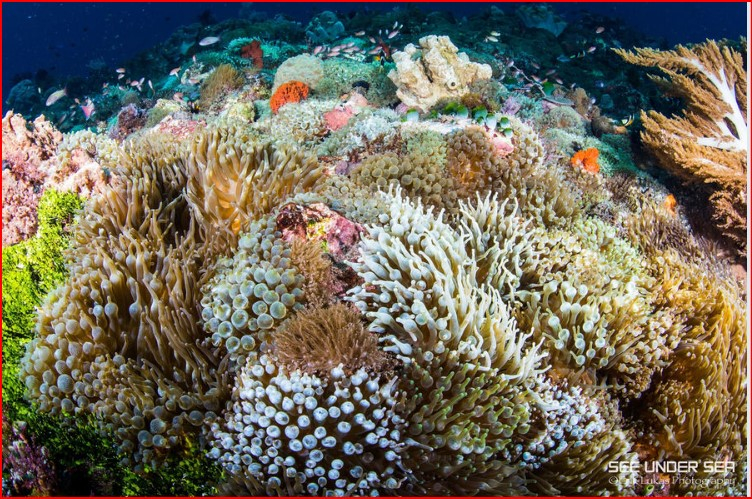
bluewaterdivetravel.com 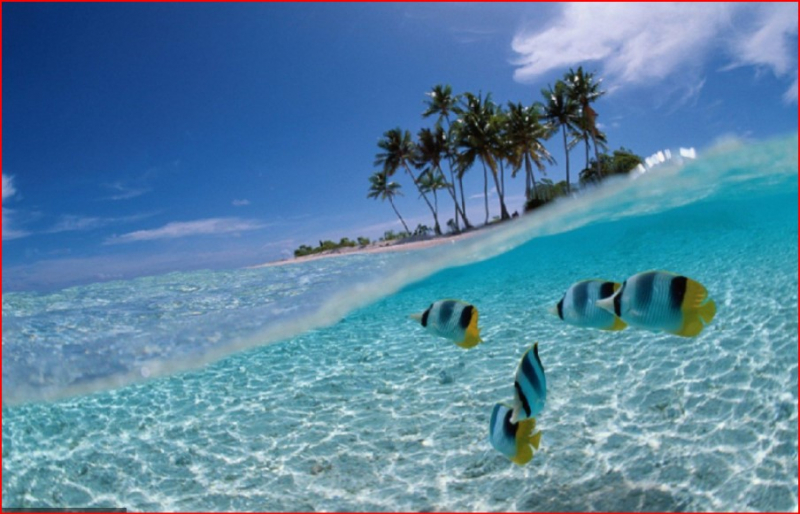
khamphadisan.com -
Set in the heart of Indonesia in splendid isolation are the Banda Islands, which have a rich and important history. Thank to this isolation, the island is just affected by low levels of human population, it means less fishing pressures, and a vibrant, natural and healthy reef system. Its true value is in the extraordinary variety and sheer volume of fish life, both in terms of large and small marine life.
Two of the special worthy-mentioned creatures here that characterize diving in the Banda Sea are the preponderance of dogtooth tuna and mobula While dving, visitor see enormous schools of fusiliers and thousands of redtooth tirggerfish. At the other end of the size scale, there are prolific mandarinfish and the native Ambon scorpionfish. Therefore, Banda Sea is a the-best site in Indonesia of the liveabroads divers for discovering the high value of the life beneath its waters' surface. With these aforementioned rationale, it is not surprising that the Banda Sea is recognized as one of the best dive sites in Indonesia.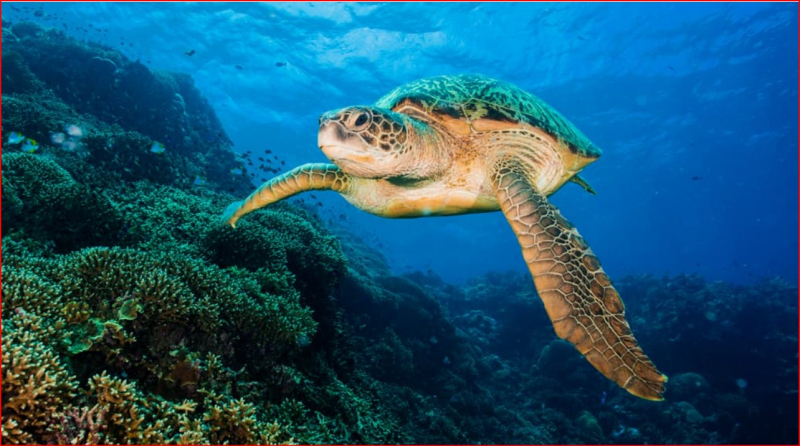
tripadvisor.com 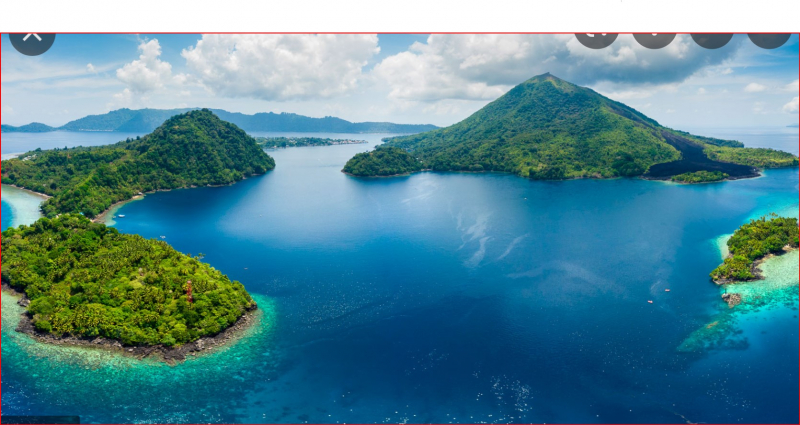
traveloka.com -
Bali, also known as the "Island of the Gods" is Indonesia's most popular tourist destination as well as the best dive site in Indonesia. It might be because it is the most accessible dive site in the country for both domestic and international visitors. The island's topside is just as vibrant, with many beautiful beaches, world-class surf spots, and plenty of great bars, restaurants, and shopping areas in the south; fascinating Hindu temples almost everywhere on the island; and lush and unique ricefields and plenty of opportunities to see the island's unique local culture in Ubud. The best dive sites in Bali may be located off the island's eastern and northern coasts, as well as on Nusa Penida.
One of the most prominent tourist attractions in the area is the USAT Liberty Wreck in Tulamben, East Bali. The spot is easily accessible from the coast and can be dived multiple times for wide-angle or macro photography. Bumphead parrotfish, Napoleon wrasses, barracudas, jacks, sweetlips, turtles, and more species can be seen. It's also simple to combine a trip to Bali with a trip to Komodo. Even if no liveaboards leave from Bali to explore Komodo, Labuan Bajo (LBJ), the main departure point for most Komodo adventures, is only a one-hour flight away.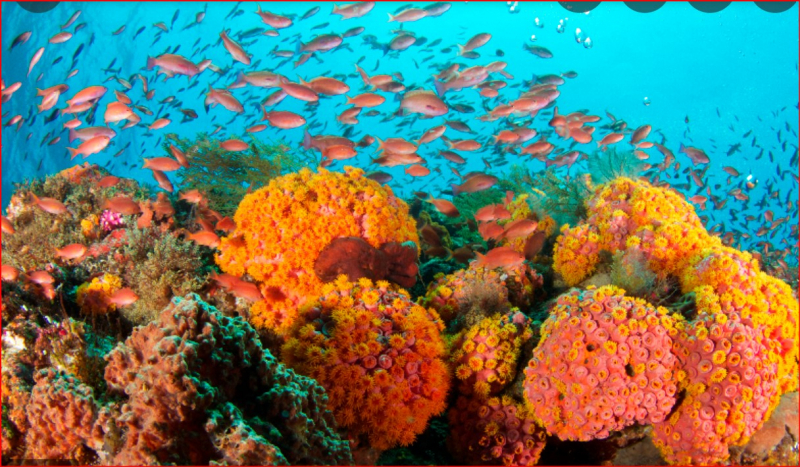
bluewaterdivetravel.com 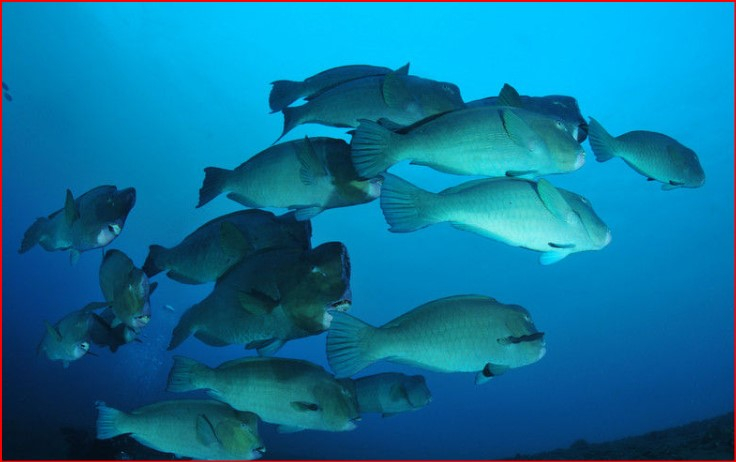
bluewaterdivetravel.com -
Out of all the Indonesia dive sites, and there are many, Derawan Islands are a favorite amongst divers around the world, so it is also believed to be one of the best dive sites in Indonesia. Derawan is a small series of islands off the coast of East Kalimantan (East Borneo) that is home to one of the three known jellyfish lakes, the other two being in Palau and Raja Ampat's Misool Island.
Located in a biodiversity hotspot, the Derawan Islands feature 872 species of reef fishes, 507 species of coral, and invertebrates including protected species such as giant clam, two different sea turtle and coconut crab. Some of the islands harbor the largest green turtle nesting sites in Indonesia. Maratua, Sangalaki, and Kakaban in Derawans would be the best dive locations for tour suggestions. The major draw at Sangalaki is the gigantic manta rays. The shallow, high-current sites known as Manta Point, which involves reef-hook dive, are the most popular spots here; for the best manta sightings, consider diving it with friends or family may be a pleasant activity.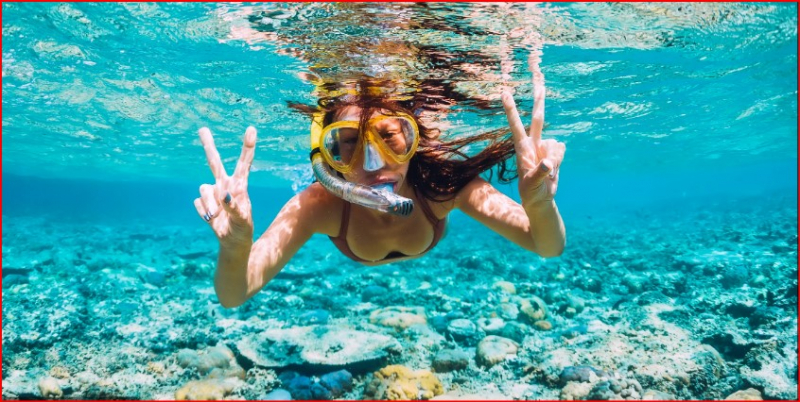
travellersworldwide.com 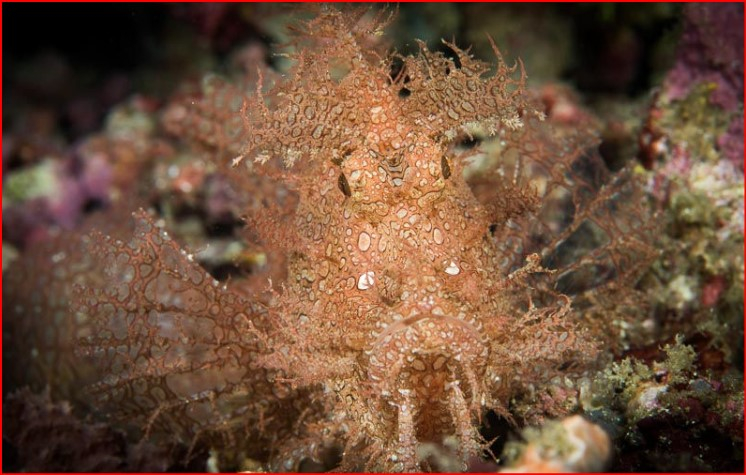
bluewaterdivetravel.com -
Komodo Diving is recognized as a world-class scuba diving scene by UNESCO World Heritage Site, one of the best dive sites in Indonesia. Komodo National Park, a series of volcanic islands containing around 5,700 enormous lizards known as Komodo dragons, is an hour's flight from Bali. Divers can observe large schools of fish as well as eagle and manta rays almost all year.
North, Central, and South Komodo are the three distinct diving areas on the island of Komodo. North Komodo is a popular destination for drift diving, with large schools of fish and a variety of pelagic species visible at their cleaning stations. The currents are usually strong, therefore diving here is best left to experienced divers. However, this is one of the reasons why diving Komodo is so exciting and full of sea life. Central Komodo is no less thrilling, with world-class dive sites like Batu Bolong, which has a mind-blowing range of colors and fish life, and Manta Point, where up to 50 mantas can be seen mating and feeding at once if tourists visit during the right season. In addition, there are other good macro sites in the vicinity. The North and Central Komodo areas can be dived all year, however the greatest diving conditions are from March to October.
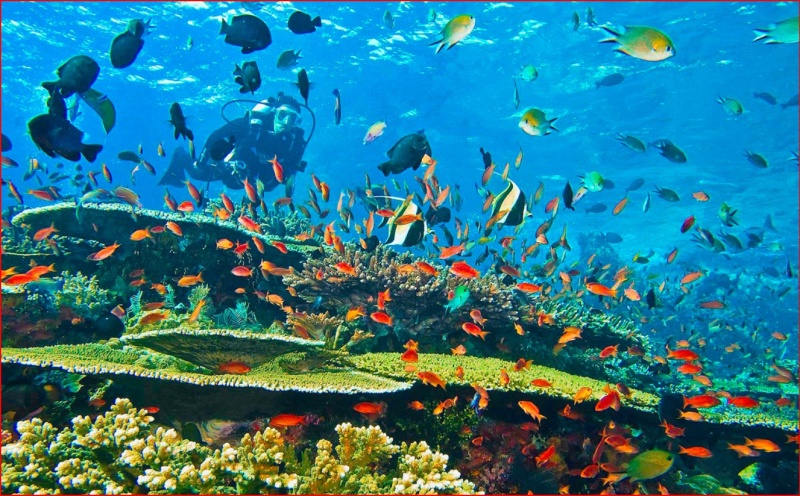
bluewaterdivetravel.com 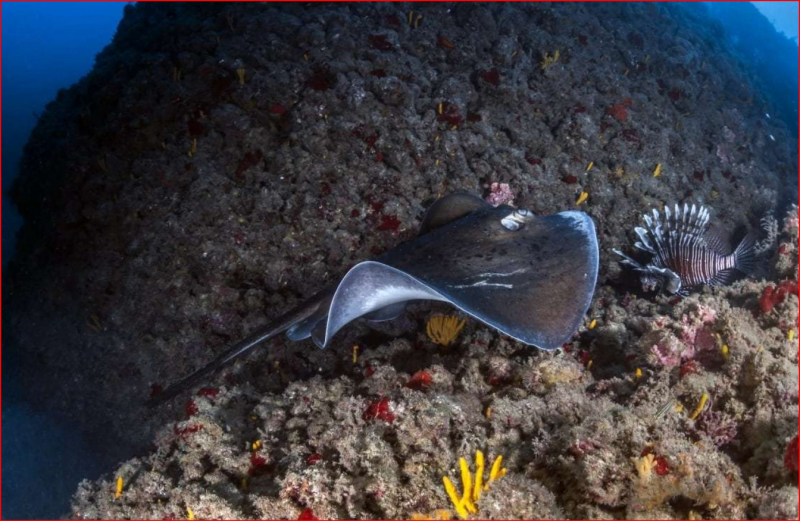
bluewaterdivetravel.com -
Lembeh Strait in North Sulawesi is known as the world's muck diving capital, with unparalleled macro biodiversity. Mention Lembeh scuba diving to any serious underwater photographer and their eyes come over all misty and distant. No place on the planet gives tourists the chance to see more shy critters such as the mimic octopus, flamboyant cuttlefish, harlequin shrimps, skeleton shrimps and innumerable nudibranchs. The fish also include the usual tropical reef suspects, but also the more bizarre: Ambon scorpionfish, snake eels, stonefish, sea robins, stargazers, devil fish and even the weedy scorpionfish. There are also beautiful seahorses including pygmies, pegasus, mandarinfish, ghost pipefish and the endemic Banggai cardinalfish. Lembeh Strait dive resorts have a higher than average rate of return customers as enthused first-timers return year upon year, never tiring of the wonders of this undersea paradise.
There is a myriad of the best dive sites in Indonesia that belong to these diving places, but it is difficult to imagine a better place in the world for critter hunting or muck diving. No more than a few breaths go by between one bizarre and exhilarating sight and the next. If tourists have tired of night dives, then try one in Lembeh - they are simply fantastic. Including the wrecks and more traditional reefs, there are over 30 sites to choose from, all within 6 or 7 kilometers of the dive resorts, or just a few-minute boat ride across these calm, lake-like waters. It's easy to understand why the dive site Lembeh Strait has a reputation that's hard to beat among discerning divers that want easy and convenient access to exceptional diving opportunities with bizarre marine life that tourists simply can not see in other destinations and it is listed in the top best dive sites in Indonesia.
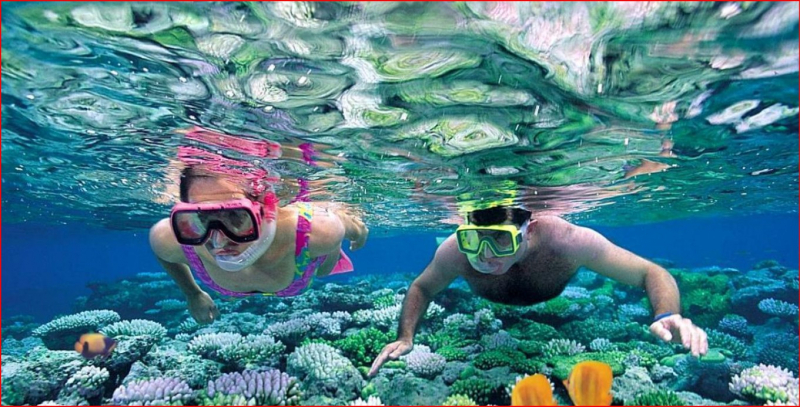
tripadvisor.com 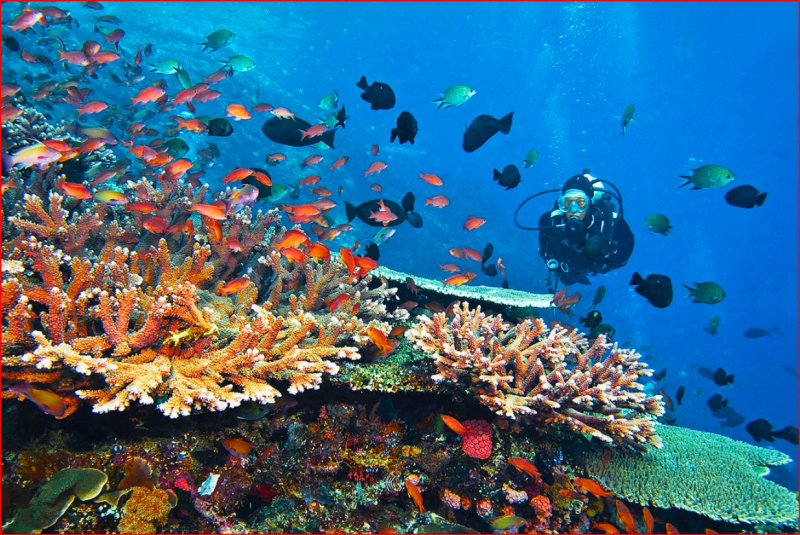
bluewaterdivetravel.com -
Manado is more than just a stopover for visitors to Lembeh. Manado Bay, roughly 30 minutes from the airport, has a mix of wonderful muck and reef locations, with distinctive critters including mimic octopus and flamboyant cuttlefish, as well as a variety of seahorses, squids, nudibranchs, and frogfish. Bangka Island, which is close by, has stunning soft corals and an abundance of unspoilt reefs, with larger marine life such as reef sharks, rays, tunas, and barracudas, as well as lesser species like pygmy seahorses and different shrimps. Both of them are the best dive sites in Indonesia.
Then there's Bunaken National Park, a marine sanctuary with some of the best dive sites in Indonesia as well as the world's top wall dive sites, featuring reef sharks, schooling fish, sea snakes, a multitude of creatures, and the odd eagle rays and stingrays. From the boat, resident pods of dolphins and pilot whales can frequently be observed. The area's diving is primarily land-based, with a number of excellent businesses in town and around Bangka island.
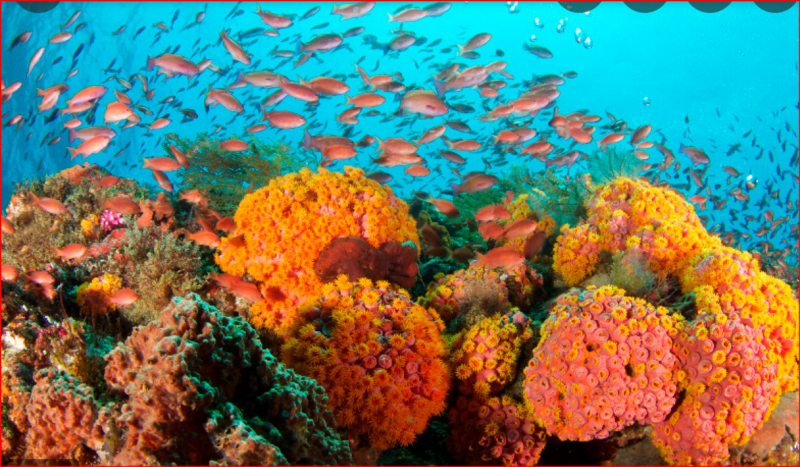
bluewaterdivetravel.com 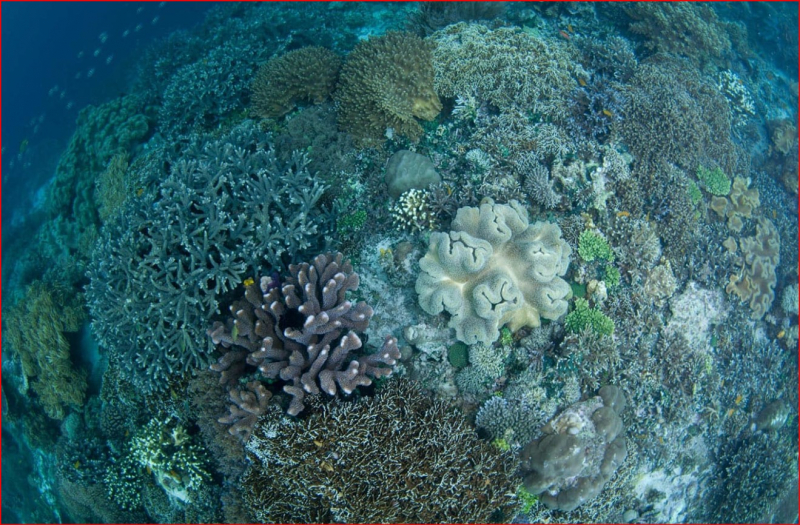
bluewaterdivetravel.com -
It is impossible to complete the diving tour to Indonesia without mentioning Raja Ampat, the country's holy grail of scuba diving, home to the world's richest coral reefs. Raja Ampat is home to over 1,400 fish species and 72 percent of the world's known coral species, earning it the moniker "species factory."
The Raja Ampat archipelago forms part of the Bird's Head Seascape, which includes Kaimana Regency and Triton Bay in the south and Cenderawasih Bay in the East. Raja Ampat diving is characterized by its mind-blowing diversity, featuring a plethora of medium to large size fish, good macro, and great hard and soft coral reefs, along with some muck and mangrove sites. The water temperatures hover at around 89°F (31°C) year-round--so warm that a wetsuit is hardly needed. The archipelago's topside scenery is also stunning. Being so remote, reaching Raja Ampat is no easy task, as it requires three or more flights from most parts of the world. In fact, Raja Ampat is one of the top best dive sites in Indonesia that many visitors would definitely go back to.
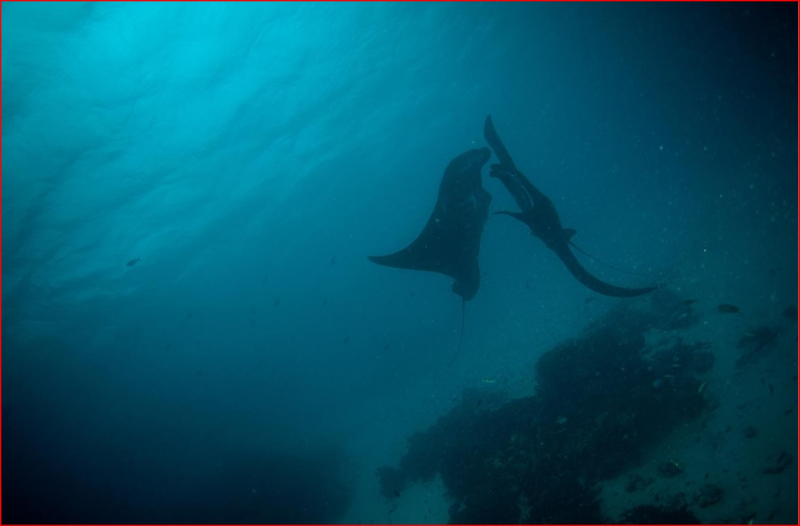
tripadvisor.com 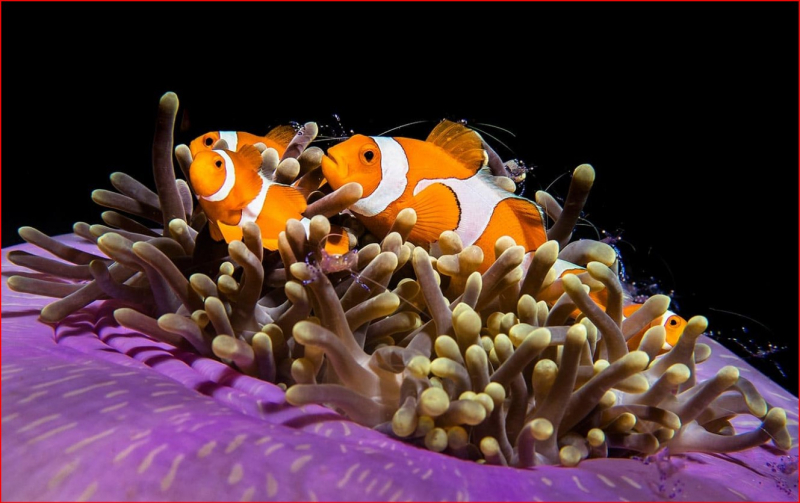
bluewaterdivetravel.com -
Wakatobi National Park is not only known as one of the best dive sites in Indonesia, but also an unusual diving destination that has some of the world's most diverse marine life. Wangi-Wangi, Kaledupa, Tomia and Binongko are the four main islands that make up this marine reserve. Wakatobi's reefs, designated a national park in 1996, are in excellent condition, with a huge coral system, diverse sea fans, and sponges teeming with marine life.
The underwater terrain, which includes numerous cliffs, ridges and overhangs, is no less exceptional. While large pelagic species are uncommon, eagle rays and reef sharks are commonly seen on Wakatobi voyages. Any species of sea cucumbers, uncommon invertebrates, diverse seahorses, cuttlefish and frogfish can be found in Wakatobi's lineup, so there is no shortage of macro life. While diving Wakatobi, divers can see sweetfish, lionfish, sailfish, angelfish, leaf scorpionfish, and other tropical fish. Divers have the choice of staying on the boat directly or at a resort. The Pelagian is the only liveaboard that stays in Wakatobi year-round, but several other liveaboards visit during the monsoon season in southern Raja Ampat, which runs from July to September.
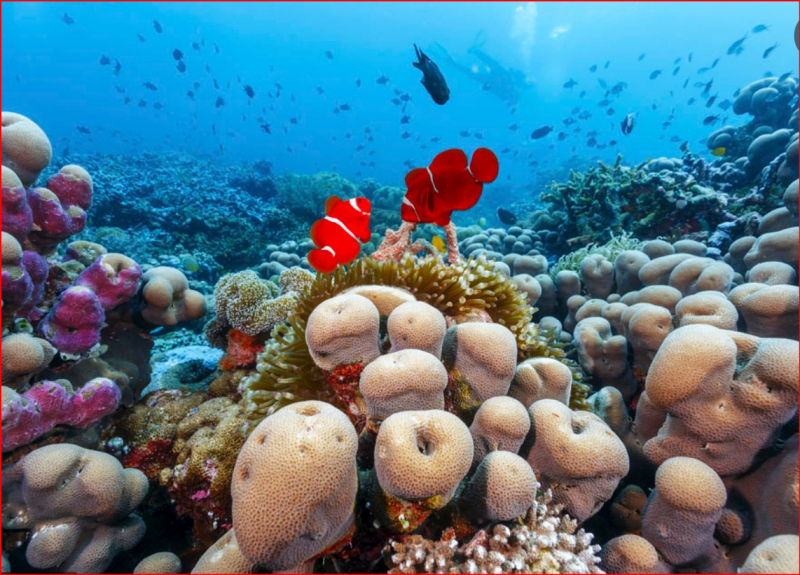
bluewaterdivetravel.com 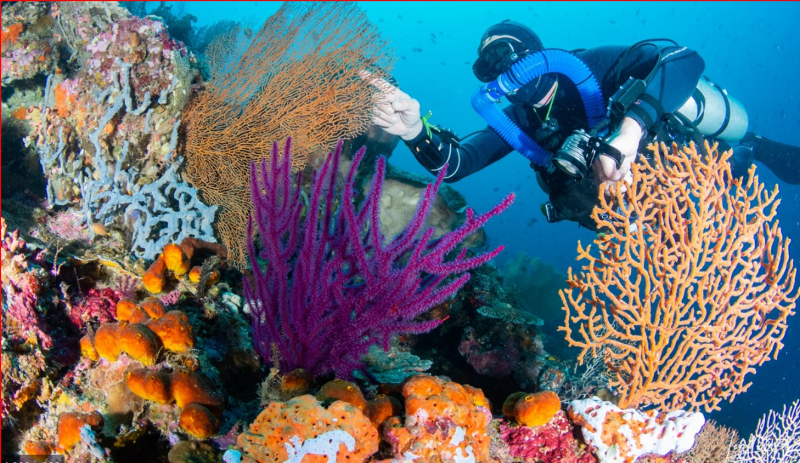
bluewaterdivetravel.com












